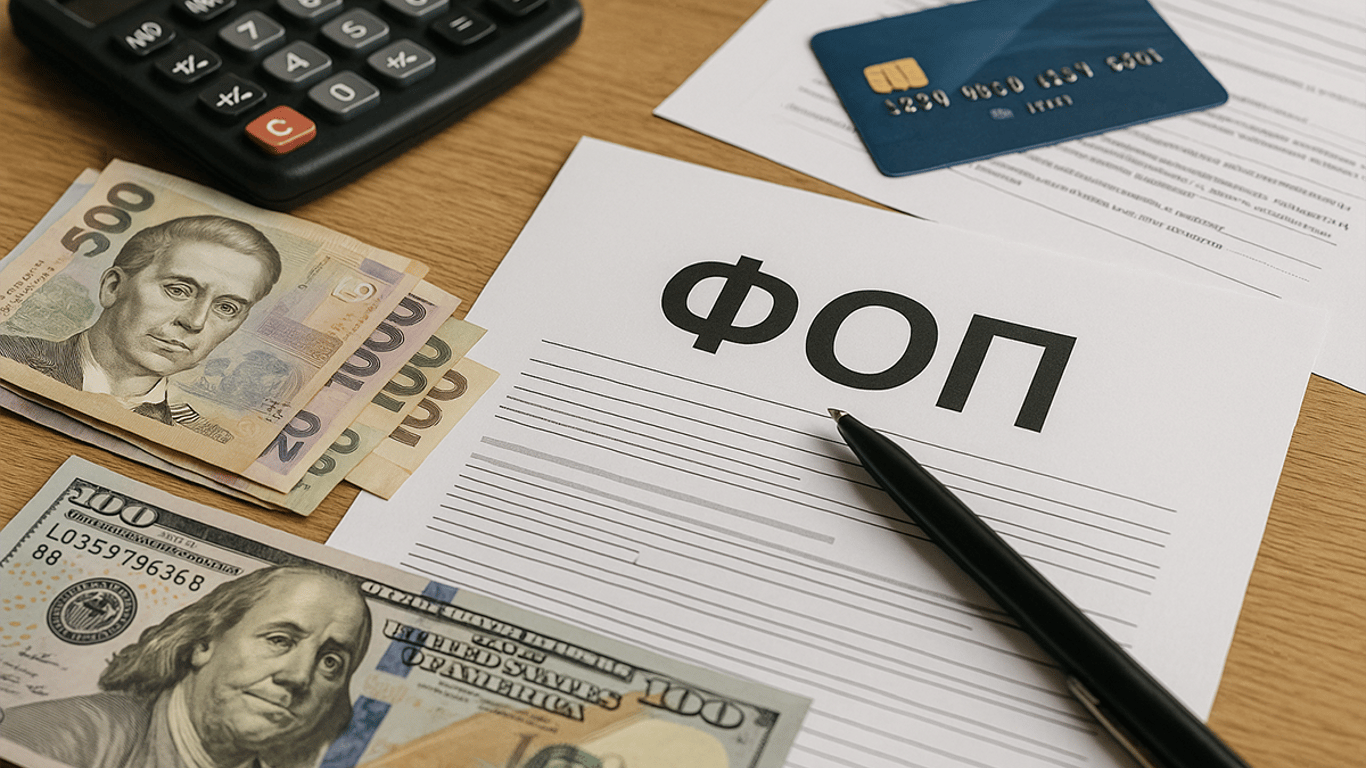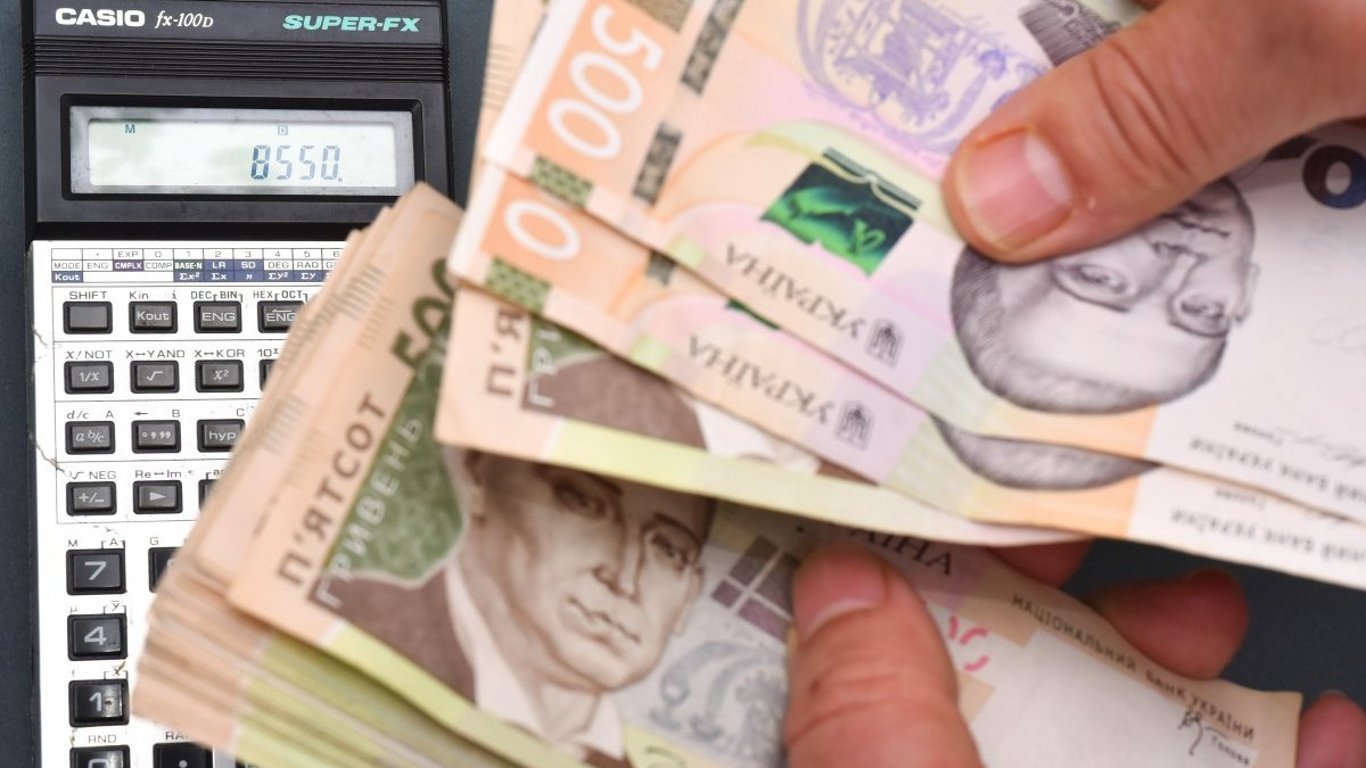Bill of exchange: what it is in simple terms.


The topic of loans and debt obligations is quite extensive. However, the terminology of this issue is rather complex. For example, what is a promissory note and what to do with it. It's quite difficult to understand this, but each term (what is a promissory note) can be explained in simple words.
The topic of what it is is interesting for those who are curious about various types of debt obligations. Moreover, it's important to understand why a promissory note is needed at all. Ultimately, the topic isn't that complicated.
In simple words, what is a promissory note

Let's start with what a promissory note is. It is a document that confirms a debt. It is used in financial transactions between individuals or companies. This system works not only in Ukraine but also in literally any European country. A promissory note represents a written commitment from one party (or company) to pay another party a specified sum of money by an agreed-upon deadline. A promissory note can be compared to a debt acknowledgment, but with legal force, making it a more reliable instrument in financial transactions.
That is, a certain individual wants to borrow money and essentially must provide a guarantee that they will repay it. A promissory note is an official document that records the debt and the obligations of the parties. It can be used both domestically and in international settlements. A promissory note gives its holder the right to demand payment of the specified sum within the established Time frames. In simpler terms, legally speaking, it's just a receipt.

What needs to be done about a promissory note:
-
A promissory note can only be executed, transferred, and sent in written form.
-
A promissory note implies the repayment of the debt.
-
A promissory note contains a specification of the date by which the payment must be made.
-
It can be transferred to other persons using a special procedure - endorsement (transfer inscription).
In general, although promissory notes are a useful tool for financial organizations, they are not used very often.
What types of promissory notes are there?
If we are to examine the topic of promissory notes, we need to mention the 2 main types of such documents. They differ in purpose and the participants of the overall transaction.

The first type can be considered a simple promissory note. It is a document that specifies the individual who wants to borrow money from another person. The second individual acts as the creditor. Both of these individuals determine the timeframe in which the debt must be repaid. Its simplicity lies in the fact that only two parties are involved in the transaction: the one who issues the promissory note (the note issuer) and the one who receives the money (the note holder).
Characteristics of a simple promissory note:
-
The obligation of the note issuer to independently repay the debt.
-
No third parties are involved in the transaction.
-
Specification of the exact amount and repayment date.
There is also a second type of promissory note. This is a bill of exchange. It is more complex in its structure. In this transaction, there are 2 parties. The first is the note issuer. This is the person who issues the promissory note. There is also a person who assumes the payment obligation (this refers to the bank). Additionally, there is the person who holds the promissory note. They will receive the money. A bill of exchange requires the drawee to confirm their consent to payment. After that, the note holder can demand payment within the set timeframe.
What will be mandatory in a promissory note?

For a promissory note to have legal force, it must contain certain mandatory attributes. The absence of even one of these elements can render the promissory note invalid. This is the so-called structure of a promissory note:
-
Title of the document.
-
Payment obligation. A promissory note must contain a specific obligation to pay a certain sum of money. This obligation must be unconditional, meaning it cannot depend on any external factors.
-
Amount of payment.
-
Repayment term. The date by which the payment must be made is specified. The term can be fixed (for example, "within 30 days") or related to a specific event ("upon presentation").
-
Payment place. This is the location where the payment must be made. Usually, it is a bank or an office of the company that is the payer on the promissory note.
-
Signature of the note issuer.
The structure of a promissory note is quite simple, so there should be no problems with its preparation.

A few words should be said about how a promissory note works. Initially, the note is issued. Then, it is transferred (all criteria - who and when, how much to pay are already defined). After this, the note must be redeemed. After the payment term has expired, the company (individual) must pay the sum specified in the promissory note to the company (or to the new holder of the promissory note if it was transferred).
What needs to be known about promissory notes is that they are actively used in business and financial transactions due to their advantages. After all, the promissory note provides the creditor a clear guarantee that they will receive their money. Even if the debtor fails to fulfill their obligations, the promissory note can be presented in court for debt recovery. Additionally, promissory notes can be transferred to other individuals. This makes them a convenient tool for settlements in business.
Read also
- Mobilized individual entrepreneurs are exempt from taxes - details from the State Tax Service
- New Rules at Ukrposhta - What Has Changed for Ukrainians
- How much money in the account indicates wealth — an amount in 2025
- Popular currency - in which countries can you pay in euros
- Even more individual entrepreneurs relieved from tax payments - who is on the list
- Naftogaz will collaborate with a global company - what will be extracted








